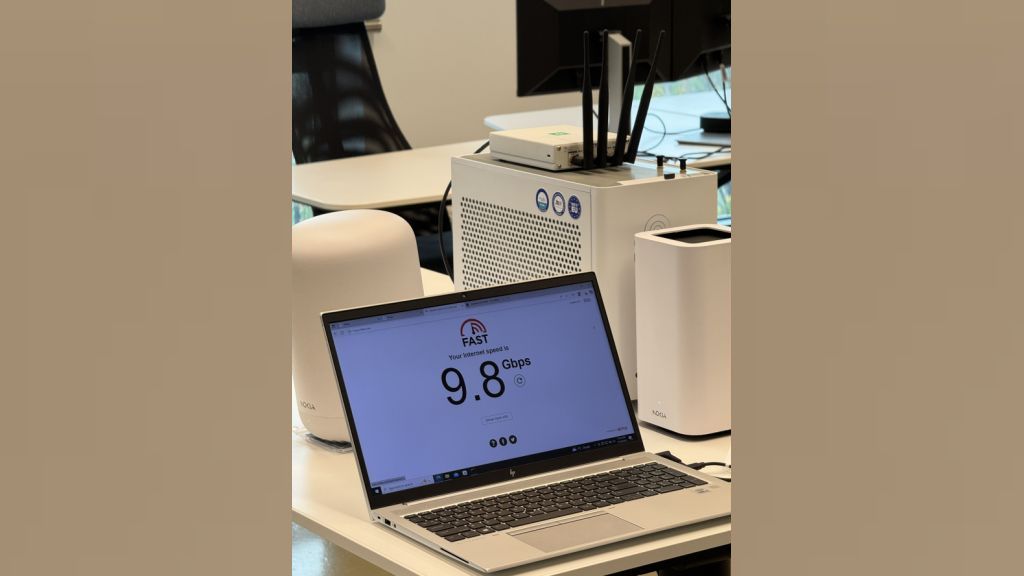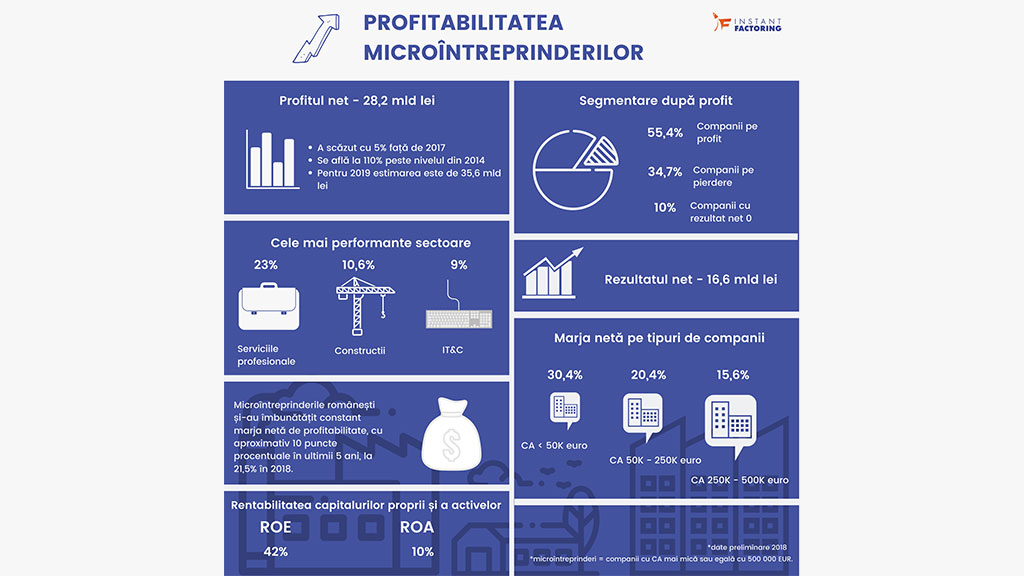Trump's policies can undermine global economic growth, affect consumer sentiment, risk higher prices, and disrupt production and distribution network. However, some opportunities will arise as the global supply chain rewires and consumers adapt.
Risks of lower growth and higher inflation
Implementation of President Donald Trump’s full agenda on tariffs, taxes and immigration may drive the US economy into recession, while lowering global growth by 0.6-1.3 percentage points (ppts) compared to the baseline in 2025-2026. Global inflation may increase by 1.3-1.8 ppts, affecting income growth and consumer spending power.
Renewed reset of the global supply chain
China will continue to de-risk the US and seek to export more to its new markets. India and ASEAN would remain preferable locations for global supply chain diversification, given their growing domestic markets and competitive labour costs. Regional and bilateral trade ties will gain significance amid the new global trade regime and geopolitical shifts.
Increased investment in US manufacturing
A number of industries where the US currently has high trade deficits will continue to see investment into the US, induced in part by tariffs as well as tax incentives (such as the CHIPS Act), etc. Industries most pronounced in reshoring include semiconductors, batteries, electric vehicles, and AI-related technologies.
Tariffs will invariably result in increased consumer prices
Tariffs carry the highest risk of precipitating significant consumer price increases and potential supply disruption across the widest number of industries, from food and drinks, beauty and health as well as home and tech. Following years of inflationary price rises, manufacturers will need to be open about passing costs on and remaining relevant.
Tendency towards deregulation vs some regulatory tightening
A tendency towards deregulation in the US in terms of neutered standards agencies (for food, chemicals, etc), sustainability and anti-plastic measures etc stand in contrast to some other regulatory tightening such as GRAS loophole closing, SNAP limiting of HPFs, potential GLP-1 availability on Medicaid/Medicare, etc.
The article is property of Euromonitor International, a data analytics company, and you can find it here.






























